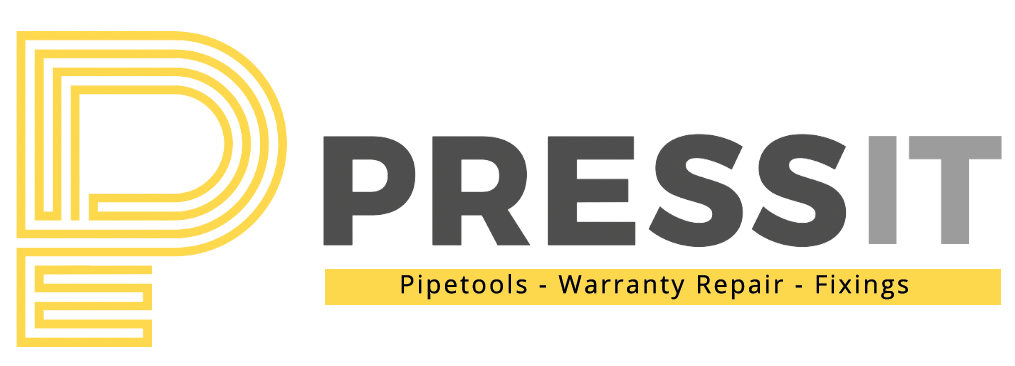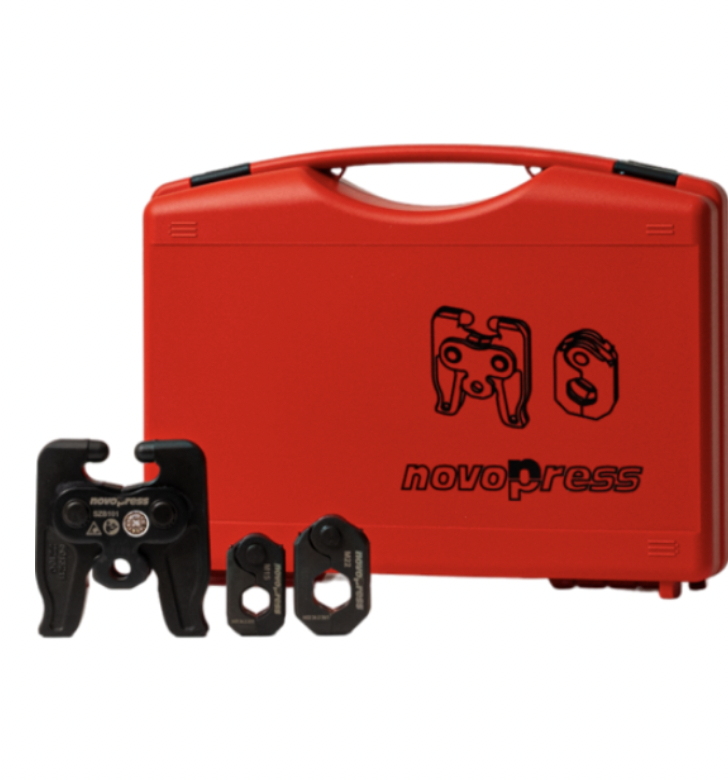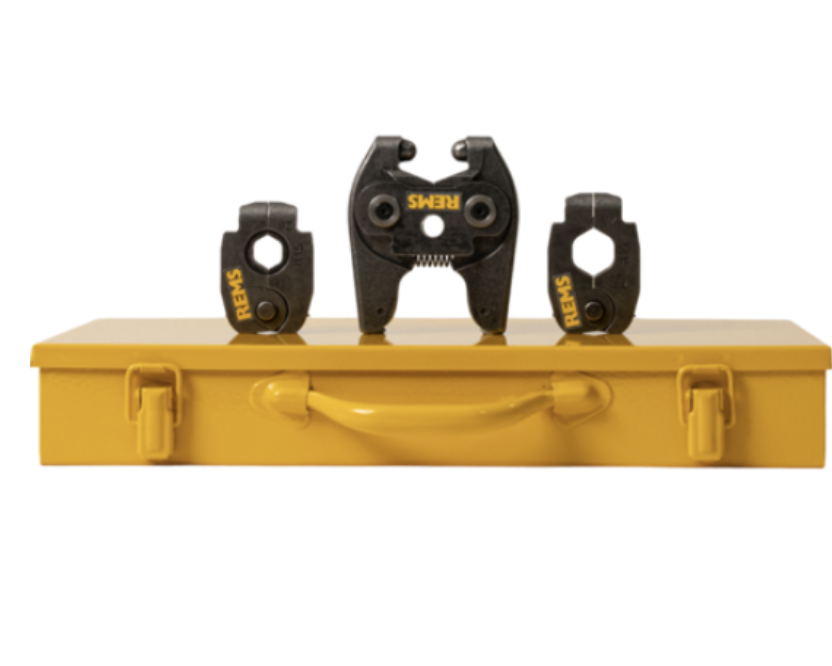If you're a professional plumber or a DIY enthusiast working with copper pipes, you know that making secure, leak-proof connections is critical. Traditional methods like soldering can be time-consuming and require a specific skill set. Enter press jaws—an innovative solution that makes the process of joining copper pipes faster, easier, and safer. In this blog, we'll dive deep into what press jaws are, their benefits, and how to use them effectively for copper pipe fittings.
What Are Press Jaws?
Press jaws are specialized tools used in conjunction with a press tool to create secure connections between copper pipes and fittings. They work by mechanically compressing the fitting around the pipe, forming a tight and reliable seal without the need for heat or solder. This method, known as press fitting, has become increasingly popular due to its efficiency and ease of use.
Benefits of Using Press Jaws for Copper
Speed and Efficiency: Press fitting significantly reduces the time needed to join copper pipes compared to traditional soldering. This can be especially advantageous in large projects or situations where downtime needs to be minimized.
Safety: Since press fitting doesn’t require an open flame or flux, it eliminates the risks associated with soldering, such as fire hazards and exposure to potentially harmful fumes.
Reliability: Press fittings create strong, durable joints that are less prone to leaks. The consistent pressure applied by the press jaws ensures a uniform seal, which can be more reliable than soldered joints in some cases.
Ease of Use: Even those with limited plumbing experience can achieve professional results with press jaws. The process is straightforward, reducing the learning curve associated with traditional soldering techniques.
Versatility: Press jaws are compatible with various pipe sizes and types of fittings, making them a versatile tool for any plumbing toolkit.
How to Use Press Jaws for Copper Pipe Fittings
Step 1: Gather Your Tools and Materials
- Press tool (manual, battery-powered, or electric)
- Appropriate press jaws for the pipe size
- Copper pipes and press fittings
- Pipe cutter or hacksaw
- Deburring tool
- Measuring tape
- Marker
Step 2: Prepare the Pipe
Measure and Cut: Measure the length of pipe you need and use a pipe cutter or hacksaw to cut it to size. Ensure the cut is straight and clean.
Deburr: Use a deburring tool to remove any burrs or rough edges from the cut end of the pipe. This step is crucial to ensure a proper seal and prevent damage to the O-rings inside the press fitting.
Mark the Insertion Depth: Insert the pipe into the fitting until it bottoms out. Then, use a marker to draw a line around the pipe at the edge of the fitting. This mark will help you ensure that the pipe is fully inserted during pressing.
Step 3: Assemble and Press
Attach the Press Jaw: Select the appropriate press jaw for the pipe size and attach it to the press tool.
Position the Fitting: Slide the press fitting onto the pipe, ensuring it reaches the mark you made earlier.
Align the Press Tool: Position the press jaw around the fitting, making sure it is properly aligned. The fitting should be centered in the jaw.
Activate the Press Tool: Depending on your press tool type, either squeeze the handle or press the trigger to activate the tool. The press jaw will compress the fitting around the pipe, creating a secure connection.
Inspect the Joint: Once the press is complete, inspect the joint to ensure the fitting is evenly compressed and the pipe is fully inserted. The fitting should not move on the pipe.
Maintenance and Troubleshooting
- Regular Inspection: Check your press jaws and tool regularly for signs of wear or damage. Replace any worn parts to ensure consistent performance.
- Cleanliness: Keep the press jaws and tool clean to prevent debris from interfering with the press mechanism.
- Calibration: Some press tools may require periodic calibration to maintain proper pressure. Refer to the manufacturer’s instructions for details.
Conclusion
Press jaws for copper pipe fittings offer a modern, efficient, and safe alternative to traditional soldering methods. By following the steps outlined in this guide, you can achieve professional-quality plumbing joints with ease. Whether you're a seasoned professional or a DIY enthusiast, incorporating press fitting technology into your toolkit can save you time and enhance the reliability of your work. Happy plumbing!
Recommended Angled Press Jaws
There are several angled press jaws available in the market but our most popular sets are as follows.
Novopress Angled Jaws Set
The Novopress Angled Jaw Set, is tailored for copper metric sizes of up to 35mm. This set offers the choice between M Profile or V Profile, providing flexibility based on your needs. The kit includes angled adaptors suitable for both smaller 12V machines and larger 18V machines. The standout feature lies in the jaws’ ability to be rotated to the maximum angle, greatly enhancing usability in challenging installation spaces—especially in narrow or angled areas that are typically hard to access.
In the set you will get:
- 15mm and 22mm sling
- additional jaws up to 35mm (up charge inc.)
- Novopress Angled Adaptor
- 1 x Kitbox
REMS Angled Jaws Set
The REMS Angled Press Jaws offer versatility with options for 15mm and 22mm heads or 28mm and 35mm heads. Available in M Profile or V Profile, these jaws are designed for Mini-Press users, allowing pressing at any angle within a 180° range. This flexibility facilitates pressing in challenging spaces like against walls or inside shafts, making it easier to navigate restricted areas during plumbing tasks.
In this set you will get:
- 15mm and 22mm sling
- additional jaws up to 35mm (up charge inc.)
- Angled Adaptor
- 1 x Kitbox


